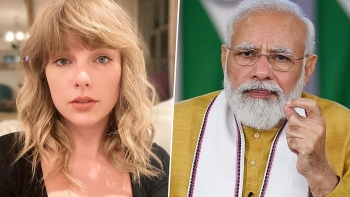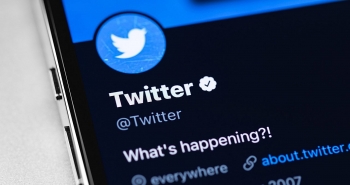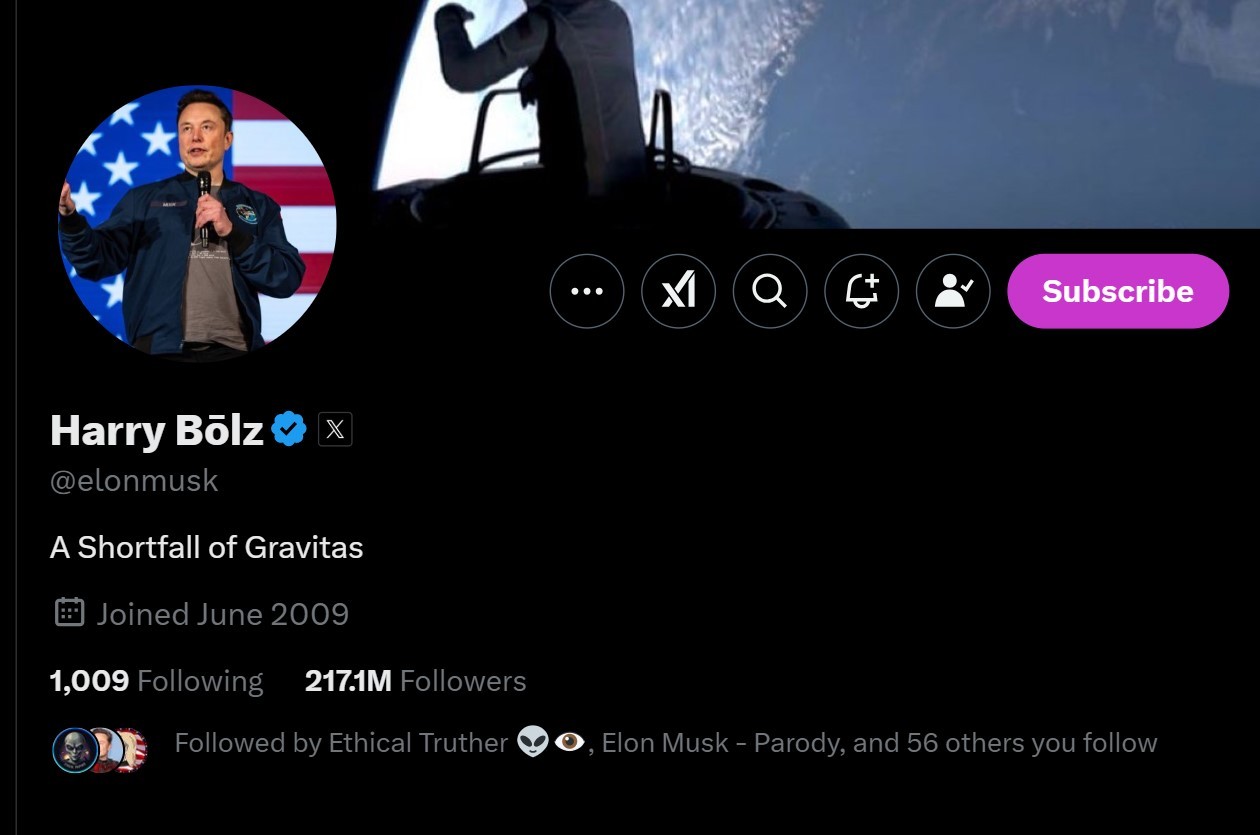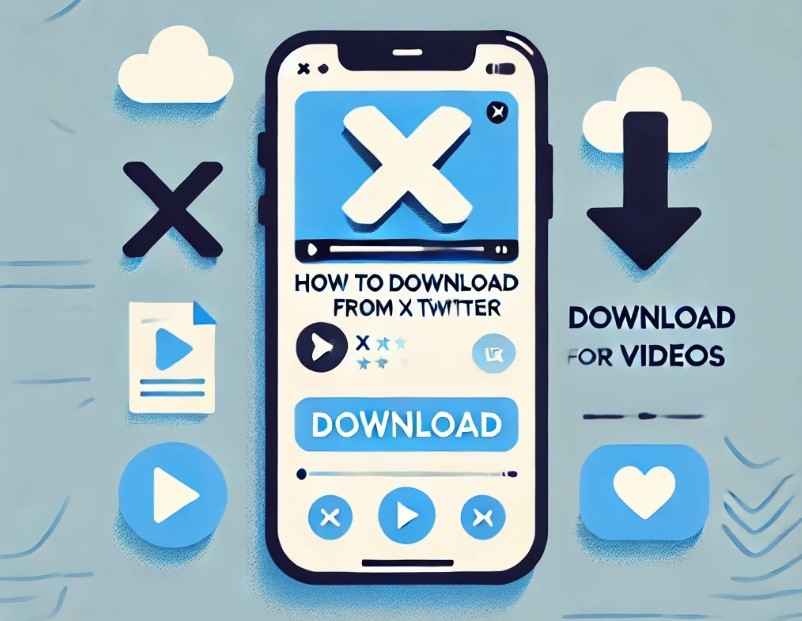Twitter Censorship and Fighting Back
 |
| Twitter Censorship and Fighting Back - Image Source: Pixabay |
A large number of fake accounts (about 96%, per new findings) are unwanted sexually explicit content, frequently modifying photographs of females without any consent to represent them engaging in sexual behaviors. These films already break Twitter's long-standing ban on forced sexual nudity.
However, a new type of altered media has recently sparked debate on social networks: falsely produced recordings of renowned politicians.
Nevertheless, there are a bunch of people with no bad intentions willing to post some tweets, but they are unable to due to the new policies introduced by the company. However, people can use VPNs such as VeePN to avoid bans and blocks. Therefore, make sure to choose the right VPN server location, protecting your privacy and providing safety to your data.
How does Twitter handle censorship bans?
On the other hand, Twitter was perhaps the most lenient, allowing tweets including the video to stand without action. Donald Trump then retweeted one of Pelosi's doctored films, which has picked up nearly 90 thousand "Likes." During a media briefing on Thursday, Twitter's director of site authenticity, Yoel Roth, said that the company would "at least" identify the Pelosi clip. Then, based on what the post promoting the clip says, the corporation could opt to remove specific tweets. The legal rules would not be implemented retrospectively, according to a Twitter spokeswoman. Thus Trump's post distributing the doctored clip won't be branded as such for the time being.
For quite some while, Twitter has now been considering revisions to its distorted media regulation. In October, it disclosed Tuesday's modifications in a draught blog, inviting the audience to complete the survey or tweeting their thoughts on the proposed restrictions. During that time, the firm claims it received over 6,500 replies and contacted a number of research scholars and civic organizations. Whereas 90% of those polled would want Twitter to classify dramatically altered twitter posts and notify them before sharing them, people were split on whether Twitter must also delete such message; 55% of those polled united states it should, whereas others voiced reservations about the "influence on personal freedom and censoring" if it did.
The modifications to Twitter's distorted media regulation are a good step. However, it is unclear what types of information will satisfy Twitter's standards for what constitutes "synthetic or modified media" that has been spread falsely, as well as whether anything is dangerous and harmful. For example, it's simple to understand how some may claim that removing a falsely altered footage of a legislator is "damaging" to the electoral vote. In contrast, others might say that doing so is needless censorship.
Twitter has stated that this will enforce its new standards first and foremost to anything that constitutes a direct threat to confidentiality.
Apart from the critical point of how aggressively Twitter will implement these new standards, then there is how they'll locate all of the postings that could infringe the rules.
Places where Twitter is banned outright
Bans, media censorship, and mainstream press laws constrain what is perfectly lawful to tweet in several countries. Therefore the privilege to tweet isn't inalienable. While many people around the globe tweet with no need for a second thought, the Twitterverse is not as accessible as it appears.
Twitter said in Jan 2012 that the worldwide network would begin restricting messages in specific cases. Previously, Twitter would erase messages that violated the channel's general guidelines or were subject to a direct proposal from the authorities. However, opponents claim that the new policy makes it easier for governments to restrict exposure to posts and Twitter feeds deemed unpleasant. (It's worth noting that the United States, Brazil, and Japan are among the countries with the most recent data requests.)
With Twitter's IPO, the firm will be scrutinized more closely for combining a right to free speech with local restrictions that will have the inverse effect.
Hence, access to Twitter has been blocked by the authorities. Governments or other agencies have taken unilateral measures to limit internet access for twitter or its information on the Web in various areas. China's, North Korea's, Iran's, and Turkmenistan's gov'ts have all prohibited internet access to Twitter as of 2019.
Conclusion
Why'd Twitter have to warn readers about a terrible picture on each and every Twitter post from a particular author, rather than just removing the picture and possibly explaining why? Many times over the last few years, we have witnessed Twitter choose to display disclaimers next to harmful and dangerous information, labels that nonetheless allow users to access such tweets.
When this was discussed, the Twitter spokeswoman merely said that the guideline is intended to "fully inform users on Twitter's activities." Unfortunately, more information was not provided by the company.
The most charitable argument people can come up with is that it's an old, outdated regulation that should've been phased out long ago.
Check out the simple steps to change color of the app icon from the Twitter Blue mobile app. |
 Top 20 Most Influential People on Twitter Top 20 Most Influential People on Twitter Who is the most influential person on Twitter? Take a look at the 20 most influential people on social media platform Twitter today. |
 How Do I Verify my Twitter Account Once Again How Do I Verify my Twitter Account Once Again Twitter is reopening public applications for verification and introducing new guidelines for verified accounts. How to get verify on Twitter? |


























